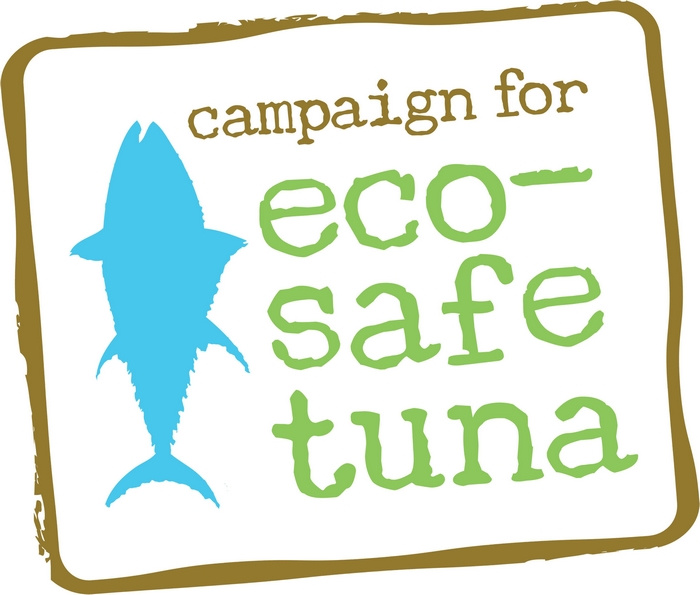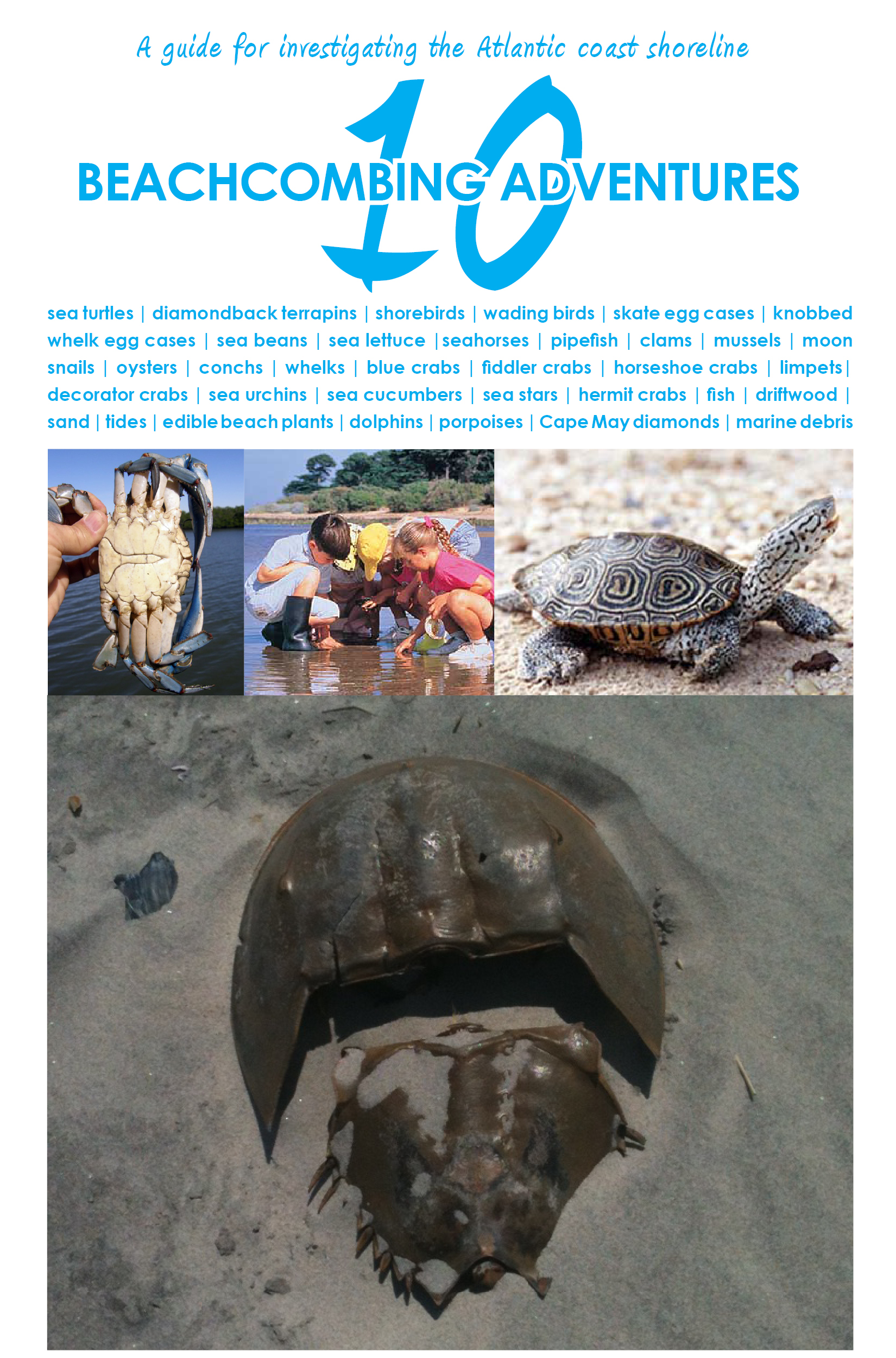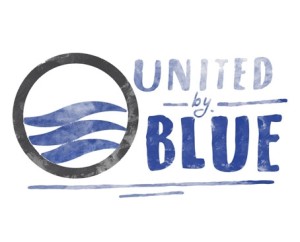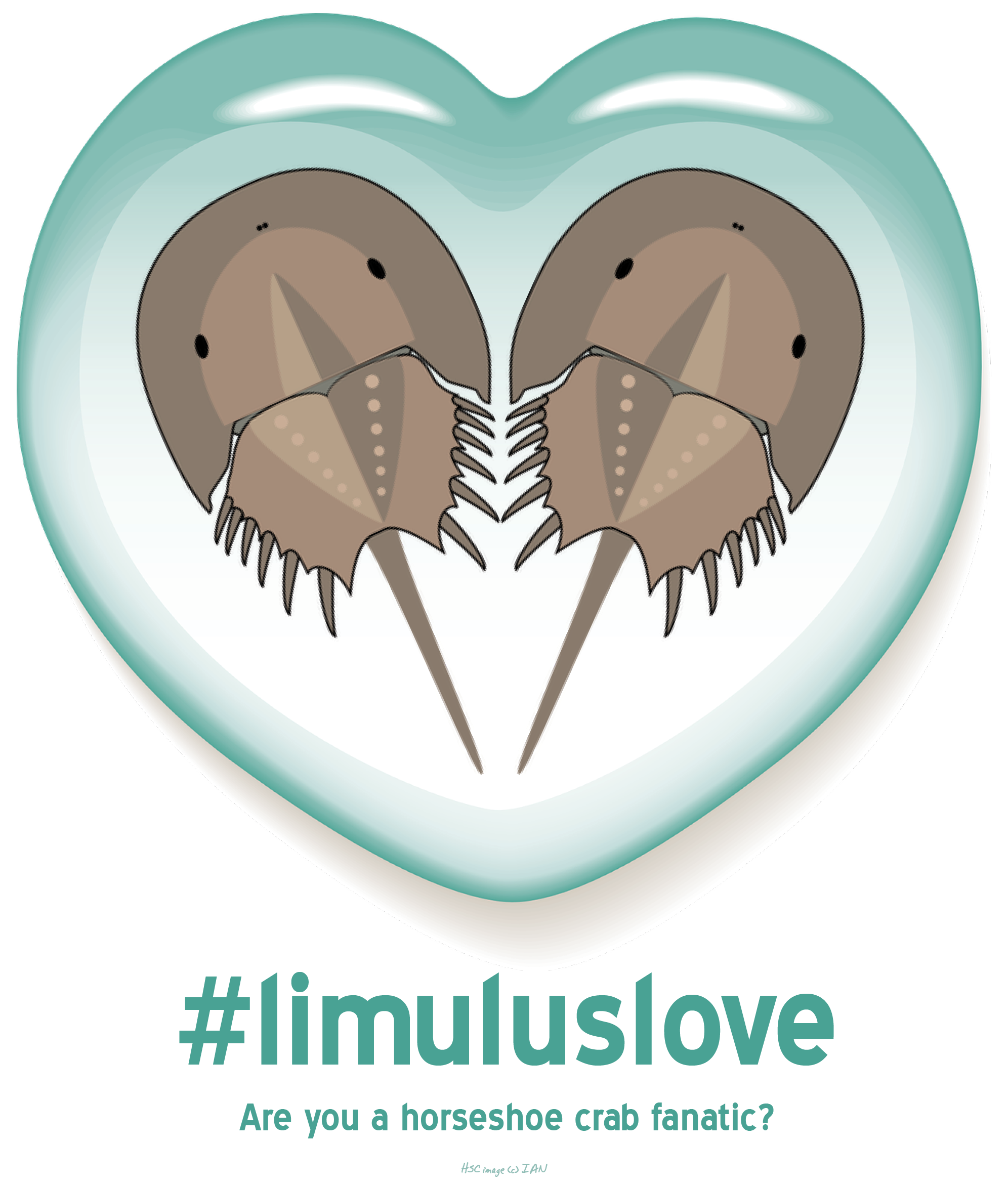Xiphosura is the order of the Atlantic horseshoe crab and its three closest living related species.
Marine & Freshwater Environmental Education
Follow BCS on Twitter
My TweetsWant updates on BCS posts?
Scroll through the BCS archives …
Learn more on …
Random posts from BCS …
“Why is the bath still hot?” An anecdote on temperature & density
I’ve been mama-ing (i.e., SAHM) it lately to a 6yo and 3yo and with that comes some hard lessons to learn. I mean I just explained that there is one ocean but it has five spots with five separate names and now I get “Why is the bath still hot when you added so much […]
Merry Earth Day!
And, for some more Earth Day cartoons please visit The Daily Green.
What is the mystery of the chambered nautilus?
“Year after year beheld the silent toil That spread his lustrous coil; Still, as the spiral grew, He left the past year’s dwelling for the new, Stole with soft step its shining archway through, Built up its idle door, Stretched in his last-found home, and knew the old no more.” Oliver Wendell Holmes (1804-1894) The […]
Are spider crabs harmful?
Great question as Halloween approaches! Common spider crabs, or sometimes called mud crabs, are harmless. In fact, their shells are covered with fine short hairs. When you (if you) attempt to pick one up they would actually feel as though their body was covered in felt. The short little hairs are really what helps the […]
‘Drumroll’ means spawning season for some fish species
Did you know the fish species, red drum and black drum (pictured right), are in the same family as spotted sea trout and Atlantic croaker? All of these fish have an ability to produce a drumming sound on their air bladders … Which, is how they got commons names such as “croaker” and “drum”. This […]
What eats sea urchins? Revisited
Back in 2008 we brought you some information on what eats sea urchins. After all, it is hard to imagine anything being able to enjoy the spiny echinoderms. Here is an interactive game (you must have Flash) produced by Stanford University that takes it one step further. Try to place which animals and/or plants are […]
What is marine spatial planning?
I will get into more detail quickly, but, want to mention that marine spatial planning is gaining a lot of momentum these days because it is part of creating the National Ocean Policy. A National Ocean Policy was recommended by the Pew Oceans Commission (in 2003) and the US Commission on the Oceans (in 2004) […]
Sherman’s Lagoon
In case you have not had a chance to check it out you may want to investigate Sherman’s Lagoon, a comic strip by Jim Toomey. Jim uses Sherman, a shark, and his band of misfit friends (a shrimp, a sea turtle, among others) to bring to light their view of the anthropogenic impacts on the […]
Take the Earth Pledge this Memorial Day weekend
It’s going to be a very busy travel weekend this Memorial Day weekend with 34.8 million Americans trekking 50 miles or more from home base. While you’re traveling, please remember to take this Earth Pledge as a reminder on how to treat the beautiful places you’ll be visiting. Also, please acknowledge that Memorial Day is […]
May is National Wetlands Month
In 1991 the Environmental Protection Agency (EPA) declared May to be National Wetlands Month. They set aside the day to celebrate the economic and ecological value of wetlands and educate America of the natural resource. Throughout the country events take place to encourage you to learn more about wetlands and take action to restore them. […]
Flickr photos …
What people are saying …
- Robert Emahiser on Why you should never walk on dunes
- Lesa on 10 brief facts on bioluminescence
- Lisa on Limulus Love
- Beach Chair Scientist on 17 facts about the wee sea potatoes
- Bernard Rejterada on 17 facts about the wee sea potatoes
- Brian on What is the difference between a summer and winter flounder?
- Inbound marketing on 15 facts about the Portuguese man-of-war that’ll have you saying “Didya know…?”
- Donnie Huckabee on Wordless Wednesday | Shell art
- John on Why you should never walk on dunes
- ItzJaylaD on What I know about whale sharks
Top posts & pages from BCS …
- Hurricane vs. Cyclone vs. Typhoon
- A House for Hermit Crab
- How to handle a horseshoe crab
- Snot's your house
- Wednesday Wisdom: Various quotes (Alaska scenes)
- A naturalist's must-see destination: Fossil Hunting at Bayfront State Park in Chesapeake Beach, MD
- Belly biology creates lasting memories
- Five awful puns about courtship in the sea
- Horseshoe crabs confirmed as members of arachnid family
- Beyond the bag: Other plastics being banned







Speak Your Mind